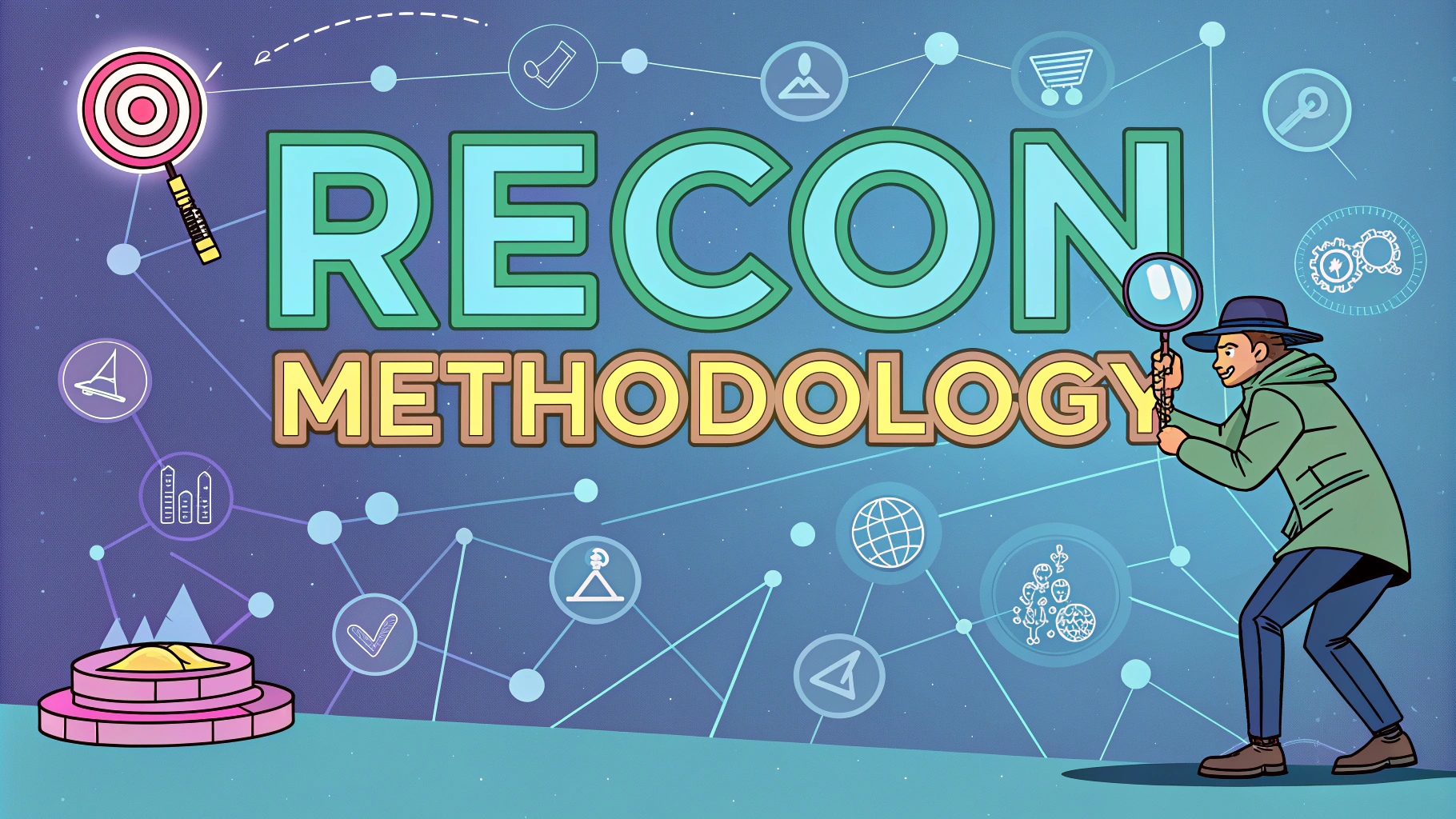Bug bounty maximization requires a strategic approach to find and report security vulnerabilities while maximizing rewards.
Understanding program scope, requirements, and payout structures forms the foundation for successful bounty hunting.
This guide shows proven methods to increase earnings through targeted testing, quality submissions, and building reputation.
Getting Started with Bounty Programs
Register on major platforms like HackerOne, Bugcrowd, and Intigriti to access bounty opportunities.
- Create detailed profiles highlighting relevant skills and experience
- Start with public programs to build reputation
- Study program policies, scope, and out-of-scope items carefully
- Focus initially on programs matching your skill level
Maximizing Your Impact
Target high-value assets and functionality that directly impacts business operations.
- Focus on authentication, payment systems, and sensitive data handling
- Look for business logic flaws that others might miss
- Chain multiple vulnerabilities for higher impact reports
- Document clear proof-of-concept demonstrations
Tools and Techniques
Use a combination of automated and manual testing tools:
- Burp Suite Professional for web application testing
- Nuclei for automated vulnerability scanning
- Custom scripts for specific test cases
- Mobile testing tools like Frida and Objection
Report Writing Best Practices
Quality report writing directly impacts bounty amounts.
- Include clear steps to reproduce
- Provide impact analysis
- Add screenshots and video demonstrations
- Suggest practical remediation steps
- Write professionally and proofread carefully
Building Relationships
Maintain professional relationships with program teams.
- Respond promptly to questions
- Follow up appropriately on reports
- Participate in program discussions
- Help other researchers when possible
Advanced Strategies
Implement these techniques to increase success rates:
- Monitor scope changes and program updates
- Research target technologies thoroughly
- Develop custom tools for specific programs
- Keep detailed notes of testing methodologies
- Track successful approaches for future reference
Common Platforms and Resources
| Platform | Features |
|---|---|
| HackerOne | Largest platform, high-value programs |
| Bugcrowd | Structured programs, VRT methodology |
| Intigriti | European focus, growing platform |
Next Steps for Success
Set realistic goals and track progress systematically.
- Document successful methodologies
- Network with other researchers
- Stay updated with security trends
- Continuously improve technical skills
- Share knowledge through write-ups
Time Management Strategies
Effective time allocation is crucial for maximizing bug bounty earnings.
- Set dedicated research and testing blocks
- Prioritize programs based on potential ROI
- Balance between reconnaissance and deep testing
- Schedule regular breaks to maintain focus
Financial Planning
Treat bug bounty hunting as a business venture with proper financial management.
- Track expenses for tools and infrastructure
- Set aside funds for skill development
- Maintain records for tax purposes
- Diversify income streams across platforms
Risk Management
Protect yourself while conducting security research.
- Use secure testing environments
- Follow responsible disclosure policies
- Document all testing activities
- Maintain proper insurance coverage
- Consider legal implications of testing
Scaling Your Operations
Team Building
- Collaborate with complementary skill sets
- Share resources and knowledge
- Establish clear contribution guidelines
Automation
- Develop reusable testing frameworks
- Implement continuous monitoring systems
- Create efficient reporting templates
Navigating the Bug Bounty Ecosystem
Success in bug bounty hunting requires more than technical skills.
- Stay active in security communities
- Build a personal brand in the industry
- Contribute to open source security tools
- Mentor newer researchers
- Share experiences through blog posts
Future-Proofing Your Success
Maintain long-term sustainability in bug bounty hunting.
- Adapt to emerging technologies
- Invest in continuous learning
- Build sustainable testing processes
- Develop multiple revenue streams
- Create a recognizable security researcher brand
FAQs
- What is bounty maximization in penetration testing?
Bounty maximization is the strategic approach to earning the highest possible rewards in bug bounty programs by identifying and reporting critical security vulnerabilities while optimizing time and effort investment. - How can I identify high-value targets in a bug bounty program?
Focus on critical assets like authentication systems, payment processors, and admin panels, review the program’s scope and reward structure, and prioritize functionality that handles sensitive data or has historically paid high bounties. - What vulnerabilities typically result in the highest bounties?
Remote Code Execution (RCE), Authentication Bypasses, SQL Injection leading to sensitive data exposure, Account Takeovers, and Business Logic flaws that could result in significant financial impact typically yield the highest rewards. - What tools are essential for maximizing bug bounty earnings?
Burp Suite Professional, Nuclei, custom scripts for automation, reconnaissance tools like Amass and Subfinder, and vulnerability scanners like Acunetix or Nessus are crucial for efficient hunting. - How important is automation in bounty maximization?
Automation is critical for scaling efforts and identifying low-hanging vulnerabilities quickly, but should be balanced with manual testing to find complex, high-value bugs that automated tools might miss. - What documentation practices lead to higher bounty payouts?
Detailed proof-of-concepts, clear reproduction steps, impact analysis, clean reports with supporting screenshots, and responsible disclosure of potential business impacts all contribute to higher payouts. - How do I avoid duplicates when hunting for high-value bugs?
Monitor program updates regularly, focus on newer assets or features, develop unique testing methodologies, and submit findings quickly after discovery to minimize duplicate reports. - What are the most effective time management strategies for bounty hunting?
Set specific hunting schedules, maintain organized target lists, use recon data effectively, focus on one vulnerability class at a time, and regularly update your methodology based on successful finds. - How can I improve my chances of finding zero-day vulnerabilities?
Study source code when available, understand underlying technologies deeply, keep up with security research, and develop custom tools or exploits for specific target technologies. - What legal considerations should I keep in mind when maximizing bounties?
Stay within scope boundaries, respect rate limits, avoid data exfiltration without permission, don’t test production systems without authorization, and always follow the program’s rules and guidelines.







